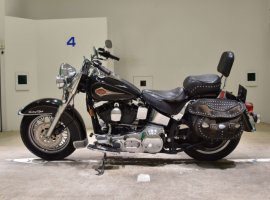
Lacquer car stickers: types, coating procedure, 5 best options
Content
It is better to glue large stickers on cars under varnish together, starting from the center of the canvas. To do this, carefully cut the substrate in the middle. Then fix the sticker across the center on the surface of the part with masking tape. Turning the paper from the notch to the edge of the sticker, press down, stretch and smooth out the PVC areas with the released adhesive layer.
Vinyl stickers are an affordable alternative to airbrushing. Stickers are used on all types of vehicles (TC) and serve for advertising, self-expression of the owner of a car or motorcycle, masking shallow damage and paintwork defects (LCP). Lacquered car stickers are especially effective.
What car stickers can be varnished
Images and inscriptions are applied using the application method. Gluing does not require special skills and can be carried out by the owner of a car or motorcycle independently.
What to choose
High-quality automotive polyvinyl chloride (PVC) film, from which stickers are made, is resistant to:
- high negative and positive ambient temperatures;
- atmospheric precipitation, dirt;
- ultraviolet radiation;
- fuels and lubricants, solvents, weak alkalis and acids, detergents;
- air flow during the movement of the vehicle and the jet of a high-pressure washer.
Stickers are sold as a three-layer product. The bottom layer is a waxed paper backing, the middle layer is a vinyl application with glue applied on one side. On top there is a transparent mounting film that protects the pattern from external damage during the gluing process.
Stickers made of high quality material and correctly applied can last from 2 to 6 years on the car body. By applying a transparent coating on top, you can extend the life of the sticker and make it indistinguishable from the paintwork. To varnish a sticker on a car, you may need the help of professionals.
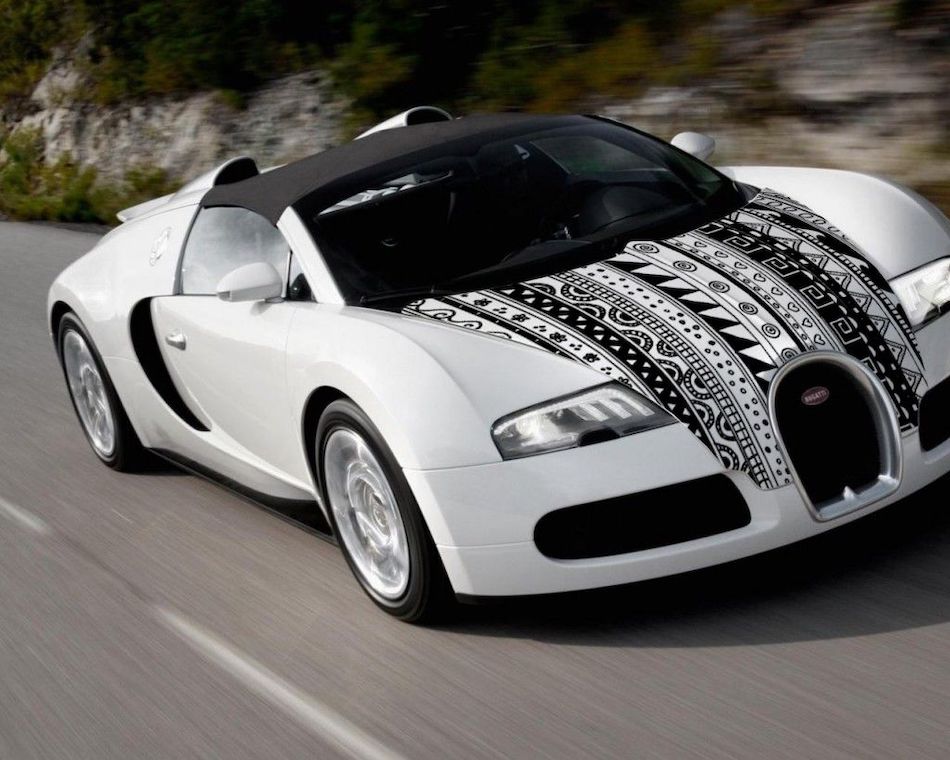
Vinyl sticker on a car under a varnish
Vinyl films are produced in 2 ways:
- calendering (rolling the heated polymer between rollers to the desired thickness);
- casting (molten substance is poured onto a flat surface).
Experts recommend choosing car stickers for varnish, made from cast film. Such material does not shrink and the risk of peeling off, the appearance of wrinkles and cracks is minimal. The surface of the vinyl should be matte for better adhesion to the lacquer finish. The length and complexity of the work depends on the thickness of the image. Gluing a PVC sheet of a large area will require outside help.
How to apply
For beginners who decide to paste over the vehicle on their own, it is better to use the “wet” method of application. This method allows you to correct the position of the sticker on the surface of the part moistened with soapy water. The "dry" method is available to experienced craftsmen and provides better adhesion of the sticker to the paintwork. Expensive products are made from a film that does not form bubbles and has a weak initial adhesion of the adhesive composition, which makes it easier to work with.
The process of applying a sticker on a car under the varnish includes several stages. Preparation of the premises should ensure that the air temperature is maintained from +10 to +30 ºС and exclude the presence of dust and moisture throughout the entire process. Carrying out work outdoors even in dry, calm weather by professionals is not recommended.
It is necessary to collect tools and materials. You will need:
- electric spray gun or pneumatic with a compressor (the use of a can may not give a quality result);
- industrial dryer;
- squeegee;
- stationery knife;
- paper scissors;
- thin sewing needle;
- Painting tape;
- waterproof marker;
- rags or napkins that do not leave lint;
- soap solution in a spray bottle (pros advise diluting Fairy without cream with warm, clean bottled water in a ratio of 1:15);
- alcohol-based degreaser (Mr. Muscle glass cleaner will do);
- sticker;
- varnish and solvent to it.
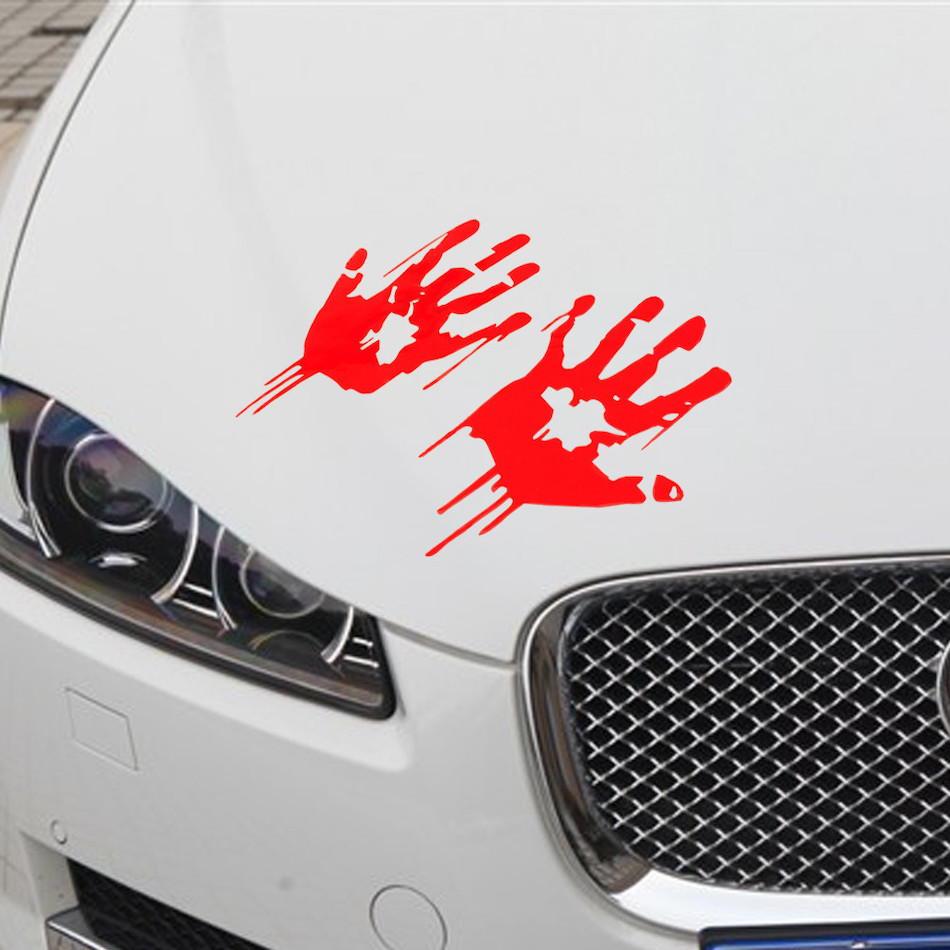
Lacquer car sticker
The solvent should be used exclusively to remove flaws. The masters do not recommend diluting the composition itself due to a possible reaction with PVC or paints applied to it.
Masters Tips:
- Washing the vehicle, drying and cleaning the pasted surface must be done carefully. Deep defects must be leveled or at least smoothed out.
- Applying a lacquer layer on the base coat will help the sticker adhere better and reduce the risk of cracking the coating. It is necessary to withstand the drying time of each layer according to the varnish manufacturer's instructions.
- The marking is made after complete drying of the transparent layer. To do this, the application is fixed in the right place with pieces of masking tape without removing the substrate. Put marks along the edges of the substrate with a marker or pieces of adhesive tape. Then remove the sticker. It is important that the edges of the paper and the vinyl film on it match. Careless removal of the masking tape can damage the fresh varnish. For better adhesion, you need to slightly heat the adhesive tape with a hair dryer.
- The surface of the part is degreased and abundantly watered with soapy water. There should be no unwetted areas. Further, if the size of the picture is small, a part of the PVC layer with the mounting film is separated from the substrate on one side of the product, exposing the adhesive. Strictly at the marked points, the edge is glued, smoothed with a squeegee so that there are no air bubbles left. Gradually separating and trying not to wet the paper, continue the process of gluing and smoothing, following the marks.
It is better to glue large stickers on cars under varnish together, starting from the center of the canvas. To do this, carefully cut the substrate in the middle. Then fix the sticker across the center on the surface of the part with masking tape. Turning the paper from the notch to the edge of the sticker, press down, stretch and smooth out the PVC areas with the released adhesive layer.
On uneven surfaces, for a better fit, heat with a hairdryer and tighten the film. If the canvas occupies space on several body elements, it is applied in its entirety. After gluing, the sticker is cut with a clerical knife along the gaps between the parts, the edges are wrapped inside the joints.
The stage is completed by careful removal of the mounting cover, drying of the application with hot (+70 ºС) air, removal of traces of glue. The remaining bubbles are pierced with a needle and pressed down with the felt part of the squeegee. For a better setting, PVC is briefly heated to +95 ºС.
After waiting at least a day after applying the film, you can varnish the sticker on the car. It is necessary to varnish in 2-6 layers with intermediate drying. It will be possible to grind the surface, continue the operation of the vehicle and visit the car wash 5-7 days after the completion of work.
Many lacquered car stickers have become bestsellers on the domestic market. Below are the products popular with drivers of trucks and cars.
Honda car sticker - sticker
Products of a Russian company from St. Petersburg. The company's catalog contains more than 30000 items. Vinyl appliqué can be custom made with a choice of color, size and material.
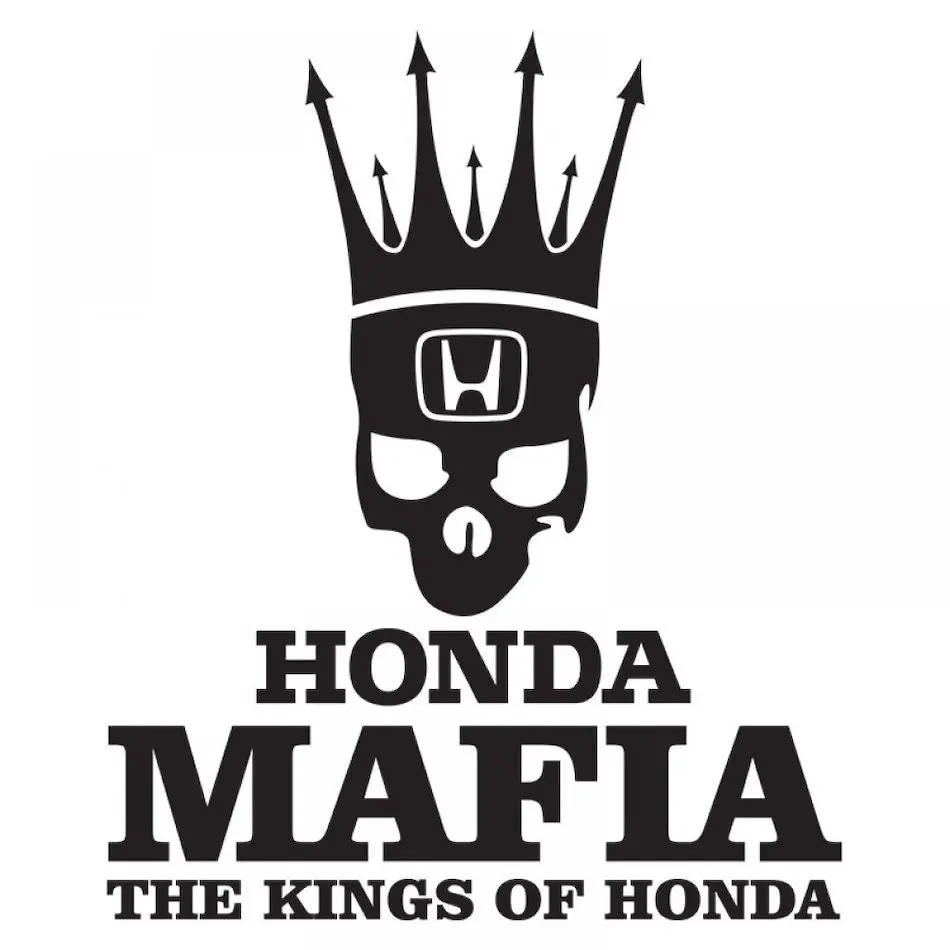
Honda car sticker - sticker
Self-adhesive product with the logo and name of a well-known car manufacturer. It is produced by color printing with original Roland eco-solvent inks on high-tech Japanese equipment from high-quality ORACAL and XNUMXM cast films. Feature - no background.
You can buy by paying from 140 rubles.
Flip me car sticker - sticker
A product with a request to put an overturned car on wheels. The manufacturer, materials and manufacturing technology are the same as the previous product.

Flip me car sticker - sticker
Cost - from 250 rubles.
DECORETTO / Sticker on the car “Lone wolf”
Image of a muzzle of a predator and paw prints. Color - black-gray, background - white. The PVC surface is glossy. The product can be repeatedly used in interior decoration to stick on various surfaces, including glass, ceramic tiles, metal, plastic, wood, non-paper wallpaper.

DECORETTO. Sticker on the car "Lone wolf"
Price - from 300 rubles.
Fashion Vinyl Striped Car Sticker
A range of 9 matte stickers from a Chinese manufacturer in the form of stripes applied to racing cars. There are 8 color options. Made by plotter cutting. They don't have a background.
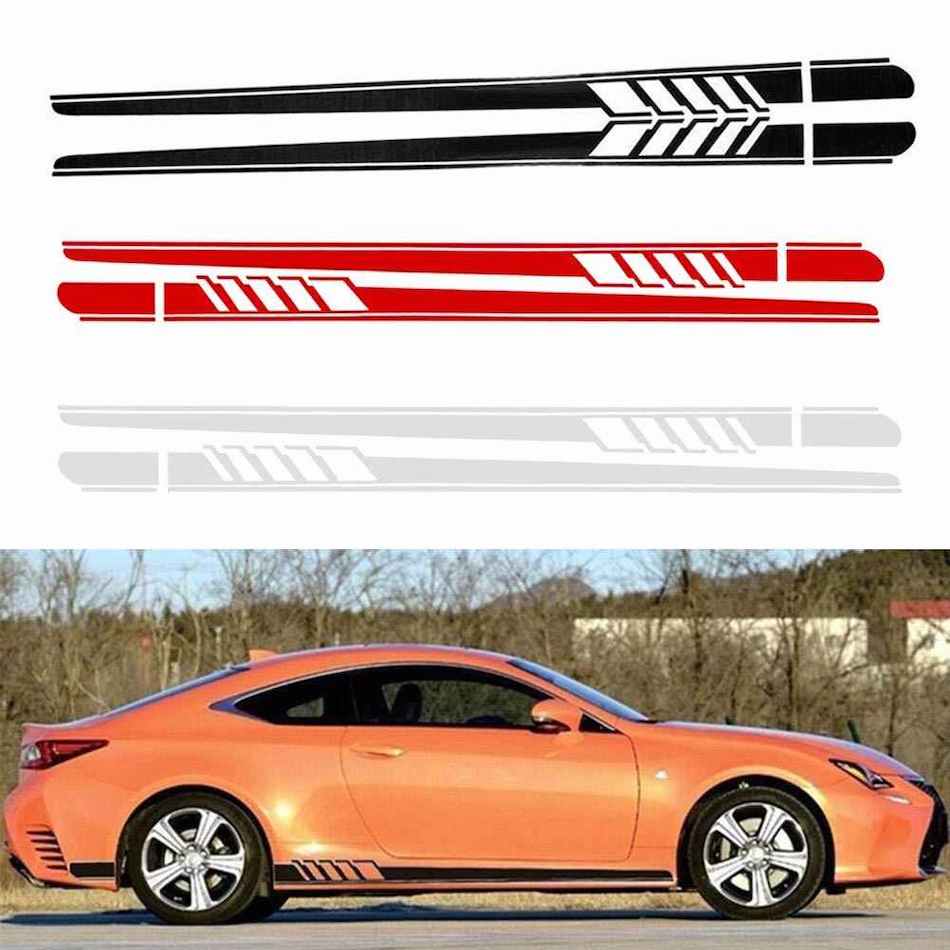
Fashion Vinyl Striped Car Sticker
Lacquered car stickers cost about 300 rubles.
Car styling “Ghost, claw, stripe” from scratches
Image of traces from the claws of a predatory animal. Produced in China with the use of cutting vinyl with a plotter. Lacquered stickers for cars are presented in 6 colors. Any size can be made to order.
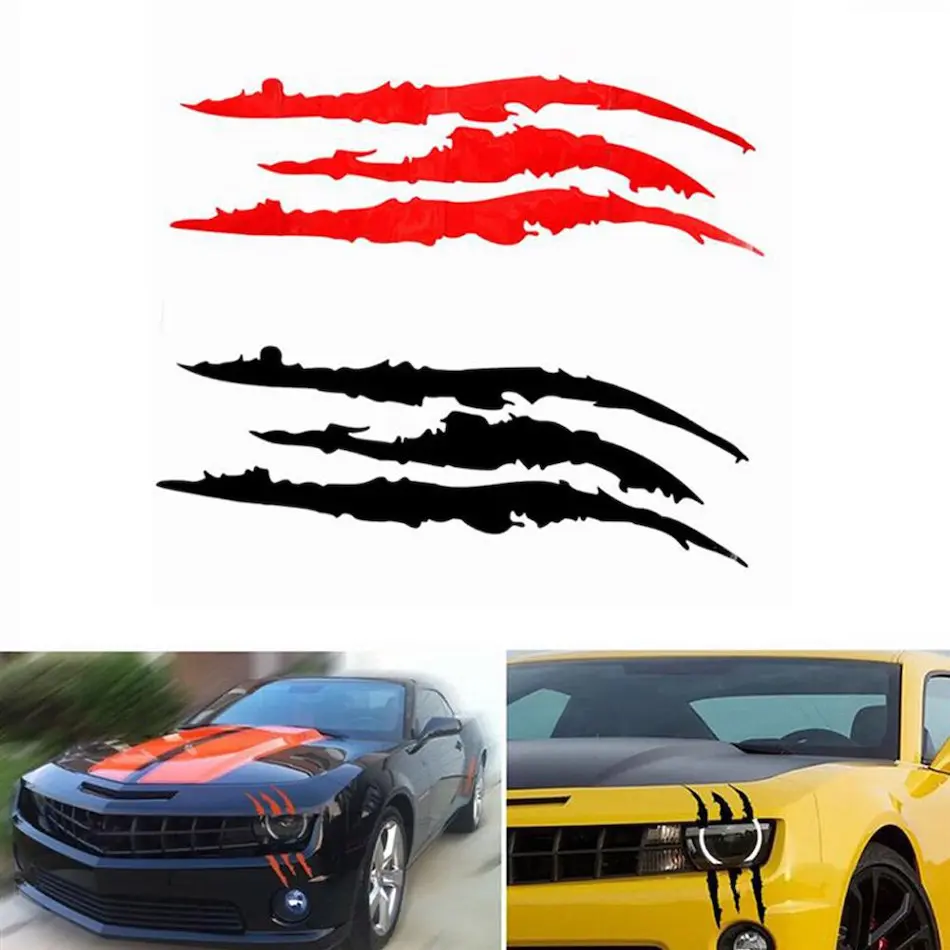
Car styling "Ghost, claw, stripe" from scratches
Sold at a price of 90 rubles.
